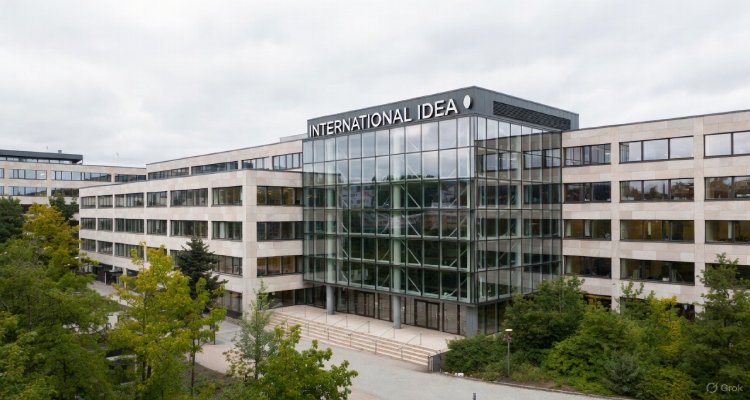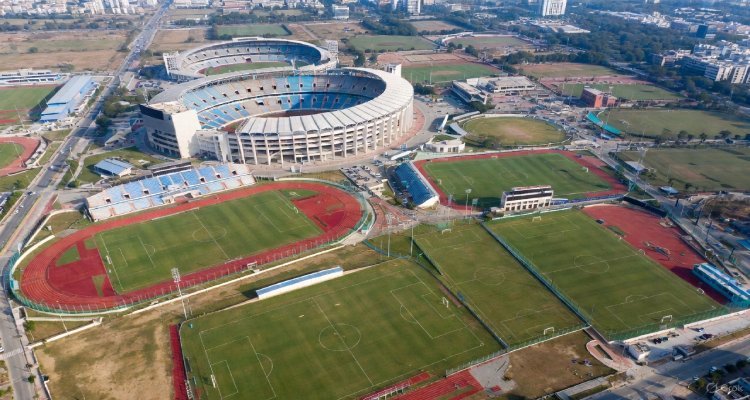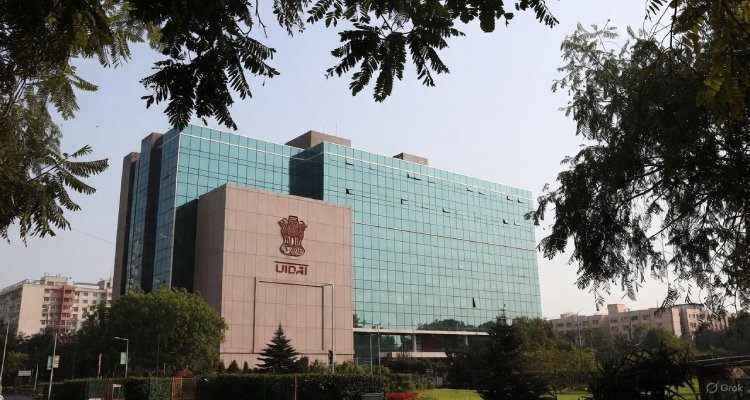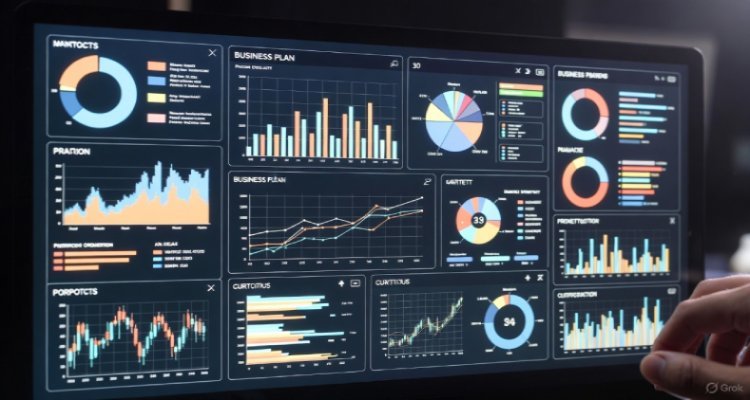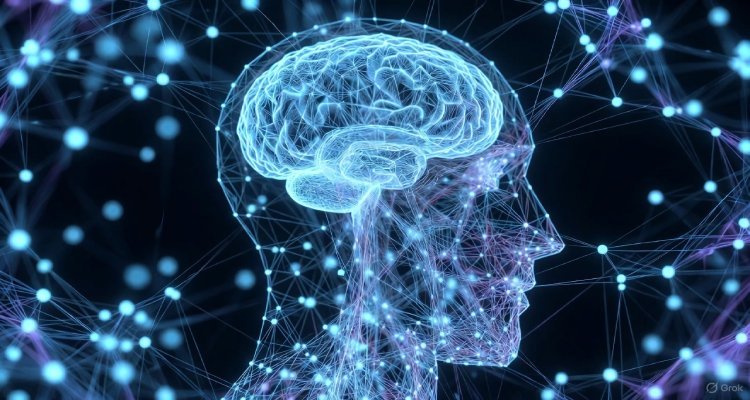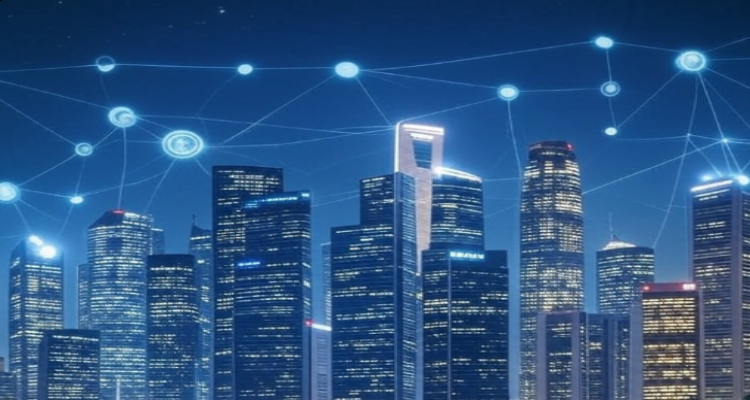Wired Tomorrow: The Future Unfolding Today
From AI-driven cities to quantum leaps in computing, explore how today’s innovations are shaping a wired, intelligent future already taking form.
The Dawn of a Connected Future
In a world where technology evolves at a breakneck pace, the future is no longer something we wait for—it’s something we’re actively building, living, and adapting to. From smart cities and autonomous mobility to breakthroughs in artificial intelligence and biotechnology, the future is unfolding not in a distant tomorrow but in the wired, intelligent fabric of today.
A Context of Accelerated Innovation
For centuries, technological revolutions—like electricity, the telephone, and the internet—transformed society in generational leaps. But today’s digital revolution is different. Innovations such as 5G connectivity, edge computing, AI-driven automation, and the Internet of Things (IoT) are developing concurrently, feeding off each other and accelerating change exponentially.
In 2020, only a few cities were experimenting with smart infrastructure. Now, urban hubs like Seoul, Singapore, and Amsterdam function as real-time laboratories, using sensor data to optimize energy use, monitor public health, and enhance urban mobility.
The Present is Already Wired
1. Smart Cities Are Here
Urban planning is being redefined by real-time data. Cities like Barcelona and Dubai are embedding sensors in infrastructure to monitor traffic, control lighting, and detect water leaks before they become crises. According to a report by McKinsey Global Institute, smart-city technology could reduce urban fatalities by up to 10% and cut emissions by up to 15%.
2. AI is Reshaping Decision-Making
Artificial intelligence is no longer theoretical—it’s operational. In 2025, businesses use AI to predict consumer behavior, detect fraud, and manage supply chains autonomously. Generative AI is assisting in scientific discovery, legal research, and even creating music and art.
3. Quantum Computing is Breaking Barriers
In October 2023, IBM announced its 1,121-qubit “Condor” quantum processor—an advancement that brings practical quantum computing closer to reality. This tech holds the power to simulate molecular interactions in real time, potentially revolutionizing drug discovery and climate modeling.
4. The Future of Work is Hybrid and Automated
Remote and hybrid work, propelled by the pandemic, has now fused with AI-powered productivity tools. Digital twins, AR-assisted training, and intelligent scheduling systems are redefining how we work, where we work, and what skills we need to thrive.
Expert Insight: “The Present is a Future in Motion”
“People think of the future as some far-off time when robots walk dogs and cars fly. But what we’re seeing is far more profound. The systems that underpin our lives—from agriculture to governance—are being reshaped in real time,” says Dr. Ayesha Ramachandran, tech futurist at MIT Media Lab.
Public sentiment reflects a mix of awe and anxiety. A 2024 Pew Research survey showed that while 62% of Americans are excited about smart healthcare and AI in education, 53% also worry about job displacement due to automation.
Implications: Innovation With Consequences
The wired future brings both promise and peril.
- Security and Privacy: With billions of devices collecting and transmitting data, cybersecurity becomes a foundational concern. As of 2025, ransomware attacks have surged by 18% globally.
- Digital Divide: The future may be wired—but not equally. Access to broadband, smart infrastructure, and tech education remains deeply unequal, especially in the Global South.
- Workforce Reskilling: Automation may displace routine jobs, but it also creates demand for tech-literate workers. Governments and corporations are now investing billions in retraining programs. Google’s $1 billion “Digital Future Fund” aims to upskill 20 million workers by 2030.
What Comes Next?
From AI-driven agriculture that uses drones and predictive models to boost yields, to bioengineering that could extend human lifespans, the boundaries between science fiction and science fact are blurring.
Tech companies are already racing to build the infrastructure for the next wave: Web3, metaverse ecosystems, brain-computer interfaces, and renewable AI chips designed to minimize energy consumption in data-heavy applications.
Meanwhile, regulatory frameworks are evolving. The European Union’s AI Act and U.S. President’s AI Safety Executive Order (2024) signal the growing urgency to ethically govern technological progress.
Conclusion: Living in a Designed Tomorrow
The phrase “Wired Tomorrow” no longer refers to what’s next—it describes our now. We are living in a connected, intelligent, and adaptive era that is constantly reshaping itself. As we continue building this future in real time, the question isn’t whether we’re ready—but whether we are wise enough to guide it responsibly.
Disclaimer:
This article is for informational purposes only and does not constitute professional, legal, or investment advice. Always consult with qualified experts before making decisions based on emerging technologies.




